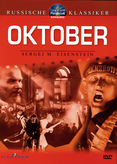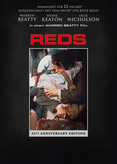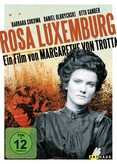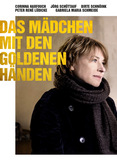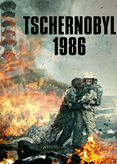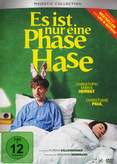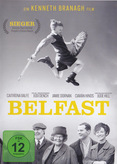Der Film 'Oktober' entstand zu Ehren des 10. Jahrestages der Oktoberrevolution im Auftrag der Kommission für die Jubiläumsfeierlichkeiten des Präsidiums des Zentralexekutivkommitees der UdSSR. In Deutschland wurde 'Oktober' (1927) unter dem Titel 'Zehn Tage, die die Welt erschütterten' bekannt und zeichnet die revolutionären Ereignisse des Jahres 1917 in Russland, vom Sturz der Zarenherrschaft bis zum Sturm auf das Winterpalais, nach. Dieser Film fasziniert durch die authentische Wirkung der aufwendig nachgestellten historischen Szenen und durch die suggestive Ausdruckskraft seiner Bildmontagen. Bei der Gestaltung der Massenszenen war Russlands Meisterregisseur Sergei M. Eisenstein mit Grigoriy Aleksandrov um ein Höchstmass an Echtheit der Rekonstruktion und an dokumentarischer Treue bemüht. Er orientierte sich an den zeitgenössischen Bilddokumenten, an Wochenschauaufnahmen und an den Erinnerungen von Revolutionsteilnehmern. Eisensteins dramatische Bilder vom Sturm auf das Winterpalais sind, ähnlich, wie die legendären Szenen auf der Hafentreppe in Odessa ('Potemkin'), tief ins kollektive Gedächtnis eingegangen. Es sind die Schlüsselbilder einer Epoche. Gregor/Patalas in 'Geschichte des Films': "Im Werk Eisensteins kulminiert die sowjetische Filmkunst der zwanziger Jahre. Wahrscheinlich muss man Eisenstein als den bedeutendsten Regisseur ansehen, den der sowjetische Film überhaupt hervorgebracht hat, und sicherlich als den profundesten Theoretiker der Filmkunst."
Weiterlesen »
The film 'October' was made in honour of the 10th anniversary of the October Revolution on behalf of the Commission for the Jubilee Celebrations of the Presidium of the Central Executive Committee of the USSR. In Germany, 'October' (1927) became known under the title 'Ten Days That Shook the World' and traces the revolutionary events of 1917 in Russia, from the fall of the Tsarist regime to the storming of the Winter Palace. This film fascinates with the authentic effect of the elaborately re-enacted historical scenes and with the suggestive expressiveness of its image montages. In the design of the crowd scenes, Russia's master director Sergei M. Eisenstein and Grigoriy Aleksandrov strove for the highest degree of authenticity of the reconstruction and documentary fidelity. He oriented himself on contemporary pictorial documents, newsreel footage and the memories of participants in the revolution. Eisenstein's dramatic images of the storming of the Winter Palace, similar to the legendary scenes on the harbor steps in Odessa ('Potemkin'), have gone deep into the collective memory. They are the key images of an era. Gregor/Patalas in 'History of Film': "Eisenstein's work culminates the Soviet cinematic art of the twenties. Eisenstein must probably be regarded as the most important director ever produced by Soviet film, and certainly as the most profound theoretician of cinematic art."
More »
